Leafminers in greenhouse crops
Learn how to identify, damage caused by and management strategies for leafminers in greenhouses.
Introduction
Several species of leafminers attack a number of greenhouse ornamental and vegetable crops. The most commonly affected ornamental crops are chrysanthemum and gerbera, however, occasionally there is damage to other crops such as gypsophila, marigolds and asters. In Ontario, vegetable crops are less commonly attacked, but certain leafminer species can damage tomato and cucumber crops.
Description
Leafminers are small (2-3 mm), shiny, black-and-yellow flies that lay their eggs into leaves. The resulting larvae feed between the leaf surfaces, creating the characteristic feeding mine that gives these insects their common name. The larvae of leafminers are small, pale yellow maggots. They can be seen clearly within the leaf if it is held up to the light or if they are carefully dissected out of the mine (Figures 1 and 2). When mature, they cut a hole in the mine (Figure 3) and emerge from the leaf, usually dropping to the ground to pupate, although on some plants, such as gerbera, they will often pupate on the leaf surface. Mating, egg-laying, larval emergence from leaves and adult emergence from pupae tend to occur mostly in the morning, depending on temperature and cloud cover.
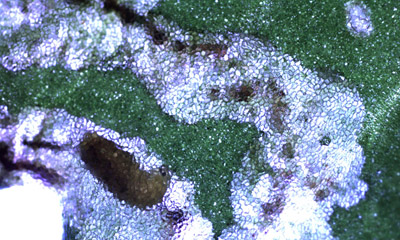
Figure 1. Leafminer larva in the leaf as seen when held up to the light.
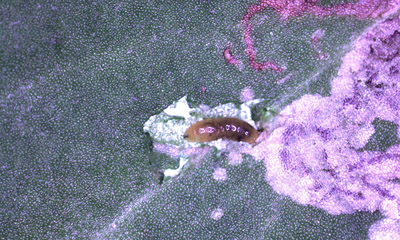
Figure 2. Leafminer dissected from the leaf.
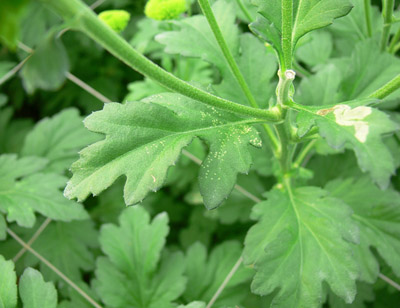
Figure 3. The larva cuts a hole in the mine (circled) before dropping to the ground to pupate.
All the leafminer species have a similar life history, although the pea leafminer takes slightly longer to develop. The eggs are laid in the leaves. The puncture marks are called "stipples" and are easily visible (Figures 4 and 5). The wound sites serve two purposes - egglaying and/or feeding.

Figure 4. Puncture marks (stipples) made by the female leafminer for egg-laying and feeding in chrysanthemum.
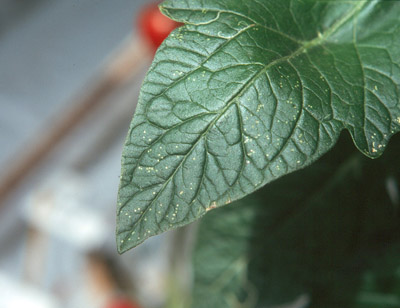
Figure 5. Puncture marks (stipples) made by the female leafminer for egg-laying and feeding in tomato.
Leafminers can complete their life cycle within 14 days at temperatures of 30°C, and up to 24 days at 20°C. In summer in Ontario, the eggs can hatch in 2-4 days, and the larvae can mature through their three instars in less than a week.
Most of their immature life cycle is spent in the pupal stage (Figure 6), which can take more than a week. Pupae can survive for up to 90 days when temperatures are cool. Populations can remain in the greenhouse throughout the year if there is suitable host plant material for them to feed on, resulting in overlapping generations with all life stages present.
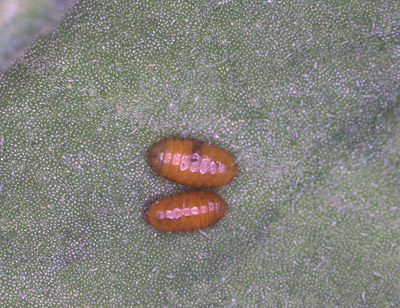
Figure 6. Leafminer pupae.
Several species of leafminers may attack greenhouse ornamentals and vegetables in Ontario. Identification of the species may be difficult since they are very similar in appearance and behaviour. The most common species is Liriomyza trifolii (American serpentine leafminer) (Figure 7), which is almost always the pest species found in ornamental crops. Liriomyza sativae (vegetable leafminer) (Figure 8) is most often found in vegetable crops but is an uncommon pest in general for the greenhouse vegetable industry. Liriomyza huidobrensis (pea leafminer) was found for the first time in Ontario in the mid-1990s in greenhouse bedding plant crops and subsequently became a pest of field vegetables. However, their pest status has declined since the mid-2000s, with few reports since then of presence or damage.
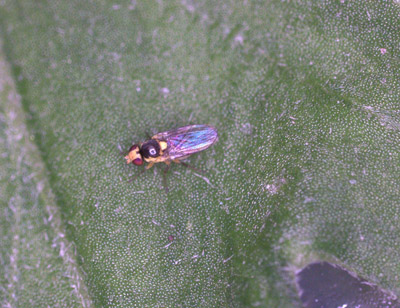
Figure 7. Leafminer (Liriomyza trifolii) adult.
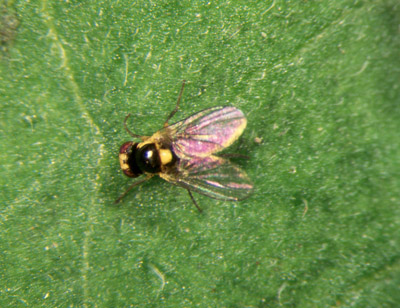
Figure 8. Leafminer (Liriomyza sativae) adult.
All of these flies are similar in appearance with varying degrees of black-and-yellow markings. L. trifolii is the most commonly occurring species in Ontario. It has a greyish upper thorax (the body segment behind the head), and the area behind the eyes is mostly yellow. L. sativae is shiny black on its upper surface, and the area between the eyes is yellow, whereas the area just behind the eyes is black. L. huidobrensis is a slightly larger leafminer than L. trifolii and is normally a darker colour overall, with a more pale yellow colour than the other species. One key distinguishing feature of the pea leafminer is the larva's behaviour in the leaf, where it mines closer to the lower surface. As a result, its mines tend to be more visible on the underside of the leaf and around leaf petioles, whereas the mines of the other species are more visible from the upper leaf surface.
Damage
Damage can result from both the egg-laying "stipples" and the leaf mines (Figures 9, 10, 11). In ornamental plants, the presence of these damage symptoms, even at low levels, is enough to detract from the quality of the crop and reduce its value. At higher leafminer population levels, the mines can reduce the photosynthetic ability of plants, reducing flower production, seriously affecting crop quality and making the crop unsaleable.
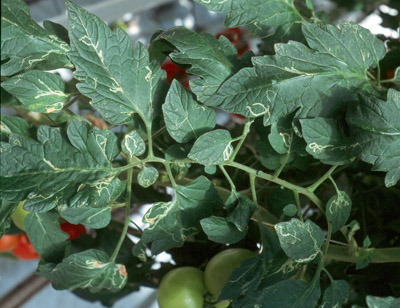
Figure 9. Mines in leaves of tomato.
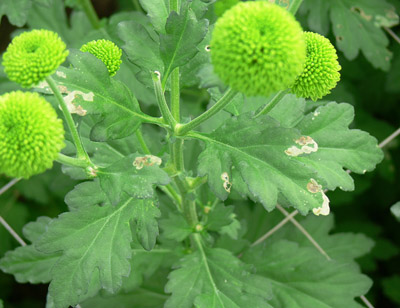
Figure 10. Mines in leaves of chrysanthemum.
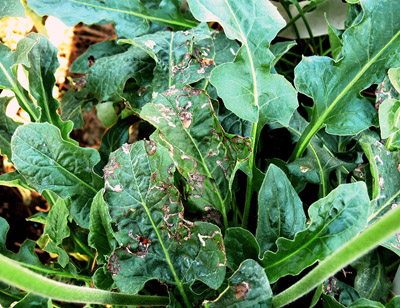
Figure 11. Mines in leaves of gerbera.
In ornamental crops, there is probably no other pest that can more quickly destroy a crop, if left unchecked. In vegetable crops, cosmetic leaf damage from low populations is not an issue. Leafminer only becomes a serious pest when damage levels affect fruit production.
Management strategies
Monitoring
Pay particular attention to those crops most susceptible to leafminers, such as chrysanthemum and gerbera, especially when grown year-round. These two crops are the most likely source for new infestations. As such, observe incoming plant material carefully, looking for signs of leaf stippling and young mines. It is unlikely that older mines will be found on the new growth of cuttings and liners. Infestations that are detected very early are much easier to control, compared to those that are well established.
Adults are very attracted to yellow sticky cards (Figure 12) and, with their distinctive yellow-and-black markings, are easy to identify as leafminers. The sticky cards are very useful monitoring tools, not just for early detection of problems but for monitoring the progress of control programs.
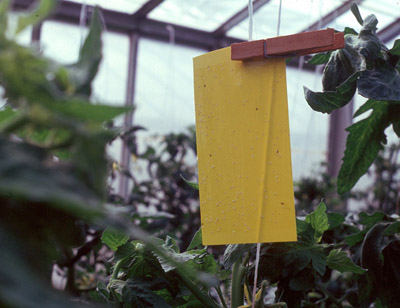
Figure 12. Yellow sticky cards for monitoring leafminer adults.
Crop inspection is also important. Leaf mines and scars from egg-laying and feeding are very easy to detect, even from a distance. Train staff to identify such damage. In crops such as chrysanthemum, make note of more susceptible varieties and focus monitoring efforts in those areas.
Cultural controls
Sanitation
Control of leafminer is probably most difficult in ornamental crops grown year-round, where there is no break in the availability of host plants for the pest. Leafminer can complete its development and emerge from detached leaves that are left on the greenhouse floor, so it is important to keep the greenhouse free of all plant debris and weeds.
In crops such as cut chrysanthemum grown in soil beds, cover the beds immediately after harvest and steam-sterilize as soon as possible to prevent pupae in the soil from emerging as adults.
For seasonal crops or greenhouse vegetables where there is a break between crops, clean up thoroughly immediately following shipping/harvest and dispose of debris as far as possible from the growing area. Totally cover or bury debris to reduce the dispersal of any emerging leafminer flies. In greenhouses left empty and cool, leafminer pupae can remain in the soil for several months and will emerge when the heat is turned back up.
Tolerant Varieties
If possible, avoid chrysanthemum varieties that are highly susceptible to leafminer infestations. If this is not possible due to market demands, monitor such varieties very carefully. Most greenhouse tomato varieties are similarly susceptible, however some cherry varieties are more susceptible than most others. If susceptible varieties have to be grown, it is recommended they be grown in isolation.
Biological control
Biological control agents include the parasitic wasps Diglyphus isaea and Dacnusa sibirica.
Diglyphus is likely to be a better choice in summer when its numbers may be supplemented by naturally occurring populations moving into the greenhouse from outside.
Dacnusa is reported to perform better than Diglyphus in winter, although successful use of the latter has also been seen in Ontario during the colder months.
Diglyphus
Diglyphus is the most commonly used biocontrol agent against leafminer in Ontario greenhouses. It is a small, black wasp with a metallic green sheen and short antennae (Figure 13). After locating a mine, the female first stings and paralyzes the larva, then inserts an egg through the leaf, placing it near the leafminer (Figure 14). Diglyphus is known as an ectoparasite because it lays its eggs outside of its host. It may lay several eggs in a single mine. The larva that hatches is initially colourless, but then becomes yellow-brown (Figure 15) and finally turquoise in the late larval and pupal stages (Figure 16). Development time from egg to adult is about 11 days at 25°C. This is generally shorter than that of either the leafminer or Dacnusa.
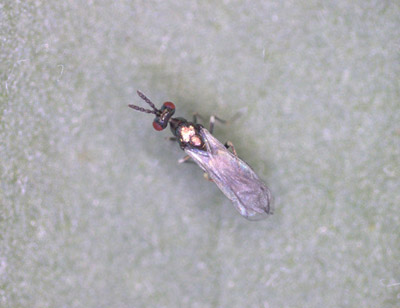
Figure 13. Diglyphus adult. Note the metallic green colour and short antennae.
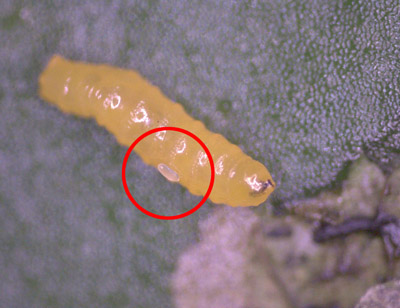
Figure 14. Diglyphus egg (circled) laid in the mine and on the outside of the leafminer larva.
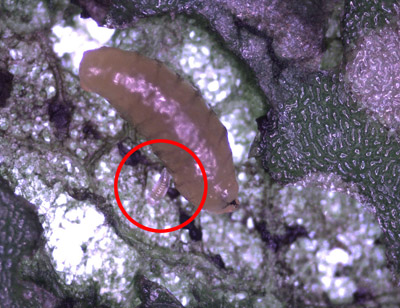
Figure 15. Young Diglyphus larva in a leaf mine next to a dead leafminer larva (circled).
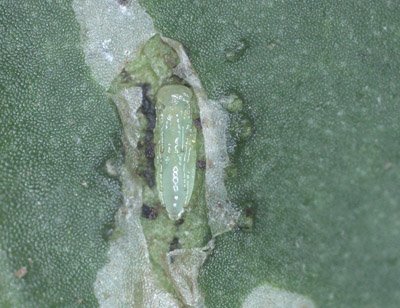
Figure 16. Diglyphus pupa, showing turquoise colour.
Diglyphus can parasitize leafminer already parasitized by Dacnusa. It becomes the dominant species during summer when warm conditions favour activity. Presence of short (interrupted) mines is an indication of Diglyphus activity, as the leafminer stops feeding immediately. Diglyphus also has the habit of propping up the mine with pillars of fecal material that surround it in the mine (Figure 17). Parasitism is easy to observe by holding mined leaves up to the light and examining with a hand lens. Diglyphus larvae are easy to see in this way. Adult Diglyphus are attracted to yellow sticky cards, which can be used for monitoring their populations.
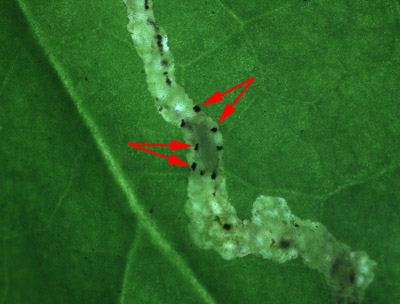
Figure 17. Diglyphus pupa in the mine surrounded by pillars of fecal material (arrows).
Dacnusa
Dacnusa is a small black wasp that differs from Diglyphus in having long, flexible antennae and lacking the metallic green colouration (Figure 18). Unlike Diglyphus, Dacnusa is an endoparasite and inserts an egg directly into the body of the leafminer. Each female lives for about 2 weeks, during which time, she may lay up to 90 eggs. Eggs hatch within 4 days, and the larvae mature within the leafminer pupa. Development time from egg to adult is about 2 weeks at 22°C. All Dacnusa development takes place within the leafminer's body, making it difficult to assess parasitism.
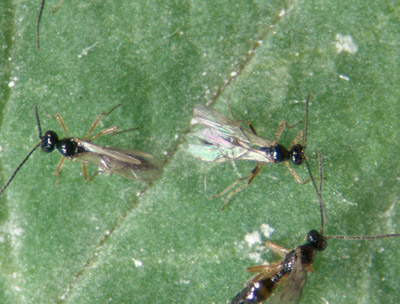
Figure 18. Dacnusa adults.
Nematodes
Nematodes (Steinernema feltiae and S. carpocapsae) have been shown to be effective in controlling leafminer larvae. When applied as a foliar spray, the nematodes enter the mines (presumably through egg-laying wound sites) and attack the larvae in the mines. To optimize the efficacy of this approach, apply nematodes in the evening or on cloudy, cool days. This has two benefits: it limits the harmful effects of UV radiation on the nematodes and it allows the leaves to stay moist for several hours, prolonging the life of the nematodes and giving them more time to enter the mines.
Ideally, apply nematodes twice weekly, especially for control of heavy populations. Because leafminer larvae can develop from egg to pupa in less than a week, a single application per week would leave a gap in control, whereby some eggs could hatch following an application of nematodes and mature through to pupation before the next application.
Nematodes can play an important role in biocontrol programs, especially in transitioning from a pesticide to a biocontrol program. For example, in resistant leafminer populations against which persistent pesticides may have been previously applied, residues can compromise biocontrol programs using parasitic wasps. In such cases, nematodes can be used to help control leafminers until such time as other biocontrols can be safely introduced. They can continue to be used with parasitic wasps. Nematodes on their own will not likely reduce the pest population to non-damaging levels but can help buy some time until other biocontrols can be used.
Before introducing parasitic wasps, use yellow sticky tape or large quantities of yellow sticky cards to help support the nematode control program, by mass trapping of leafminer adults (Figure 19). If parasitic wasps are being used, limit yellow sticky cards to those necessary for monitoring to avoid removing large numbers of the biocontrol agents.
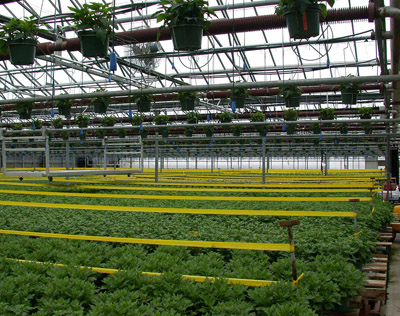
Figure 19. Large quantities of yellow sticky tape or sticky cards can be used with nematode applications, providing some control of leafminer adults.
Pest control products
Few pesticides are labeled for control of leafminers in Canada. Leafminers (especially L. trifolii) are known to develop resistance to insecticides very quickly and resistance to all registered pesticides in Canada has been documented. Many ornamental growers in Ontario have encountered leafminer populations against which no registered pesticides are effective.
When effective pesticides are available, always rotate between insecticide groups. Most effective control is obtained with systemic or translaminar products that target the larvae. Thorough coverage of the crop is essential for effective leafminer control.
Time insecticide applications to have the most impact on susceptible stages (although it should be stressed that greenhouse populations are often comprised of overlapping generations). Base any spraying on regular and consistent scouting information.
For more information, see OMAFRA Publication 370, Guide to greenhouse floriculture production, and OMAFRA Publication 835, Crop Protection Guide for Greenhouse Vegetables.